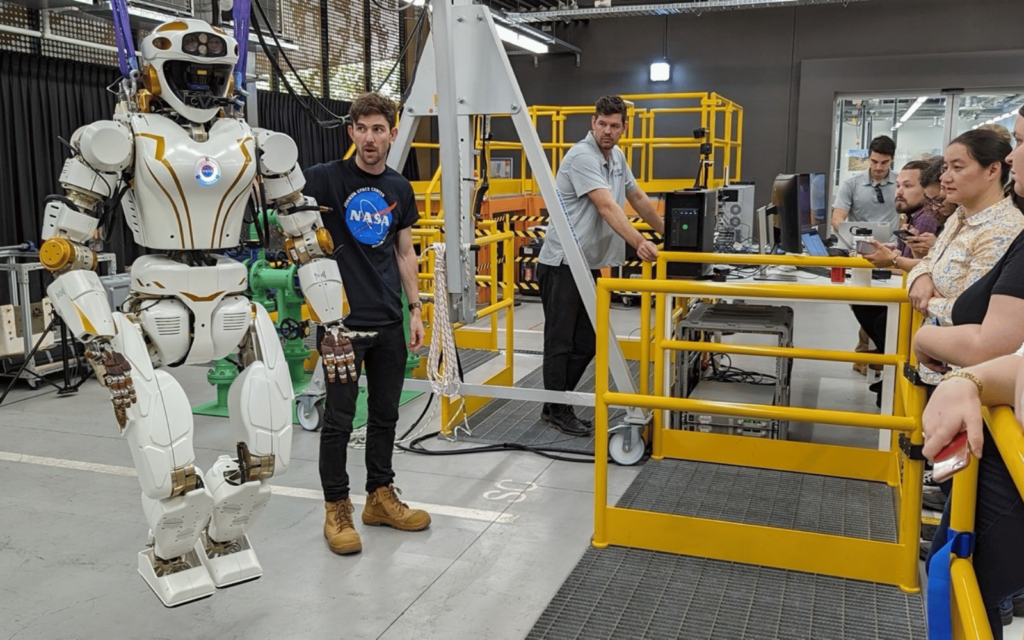Why are advanced humanoid robots always named after mythical godlike figures? Boston Dynamics has Atlas, NASA has Valkyrie, and even Hanson Robotics’ Sophia is named after the embodiment of wisdom. Shouldn’t that be a little concerning?
Be that as it may, we’re actually here to talk about NASA’s bipedal ‘bot. It’s been in the works since at least 2013 and now it’s about to leave home on a sort of work-release program. NASA is sending the Valkyrie to work at a power station in Australia because that’s a totally normal thing we’re doing with robots now.
Ride of the Valkyrie
Valkyrie is off to Australia to hang out with the folks at Woodside Energy for a bit. While there, NASA intends to “…develop remote mobile dexterous manipulation capabilities to accommodate remote caretaking of uncrewed and offshore energy facilities.” In other words, it’s working on staffing some locations — like offshore and remote energy installations — with robot assistants.
That was broadly Valkyrie’s mandate from the start. Robots, whether autonomous or remotely operated, would be extremely useful in the case of off-Earth colonisation. It makes more sense to send a robot to set up for human arrival than it does to drop astronauts off like contestants in a reality TV show. But first, those capabilities must be developed. Hence, sending a robot to work at an Australian energy facility. It’s not quite remotely operating a robot on the moon but it’ll do for now. If the experiment goes well, Valkyrie might find itself with a seat on an Artemis mission in the near future.
“We are pleased to be starting the next phase of development and testing of advanced robotic systems that have the potential to positively impact life on Earth by allowing safer operations in hazardous environments,” said Shaun Azimi, head of NASA’s dextrous robotics team. “These demonstrations will evaluate the current potential of advanced robots to extend the reach of humans and help humanity explore and work safely anywhere.”
